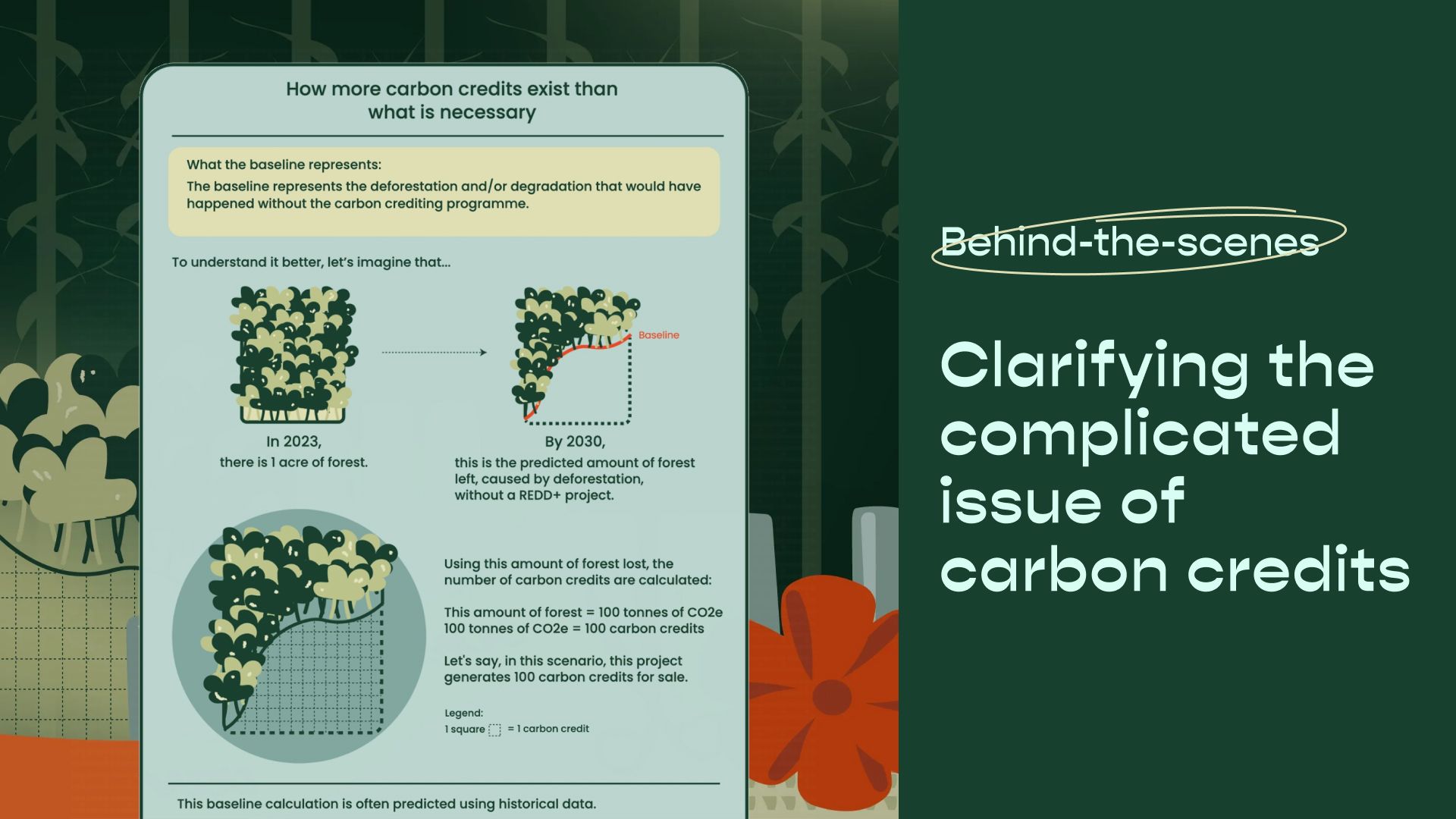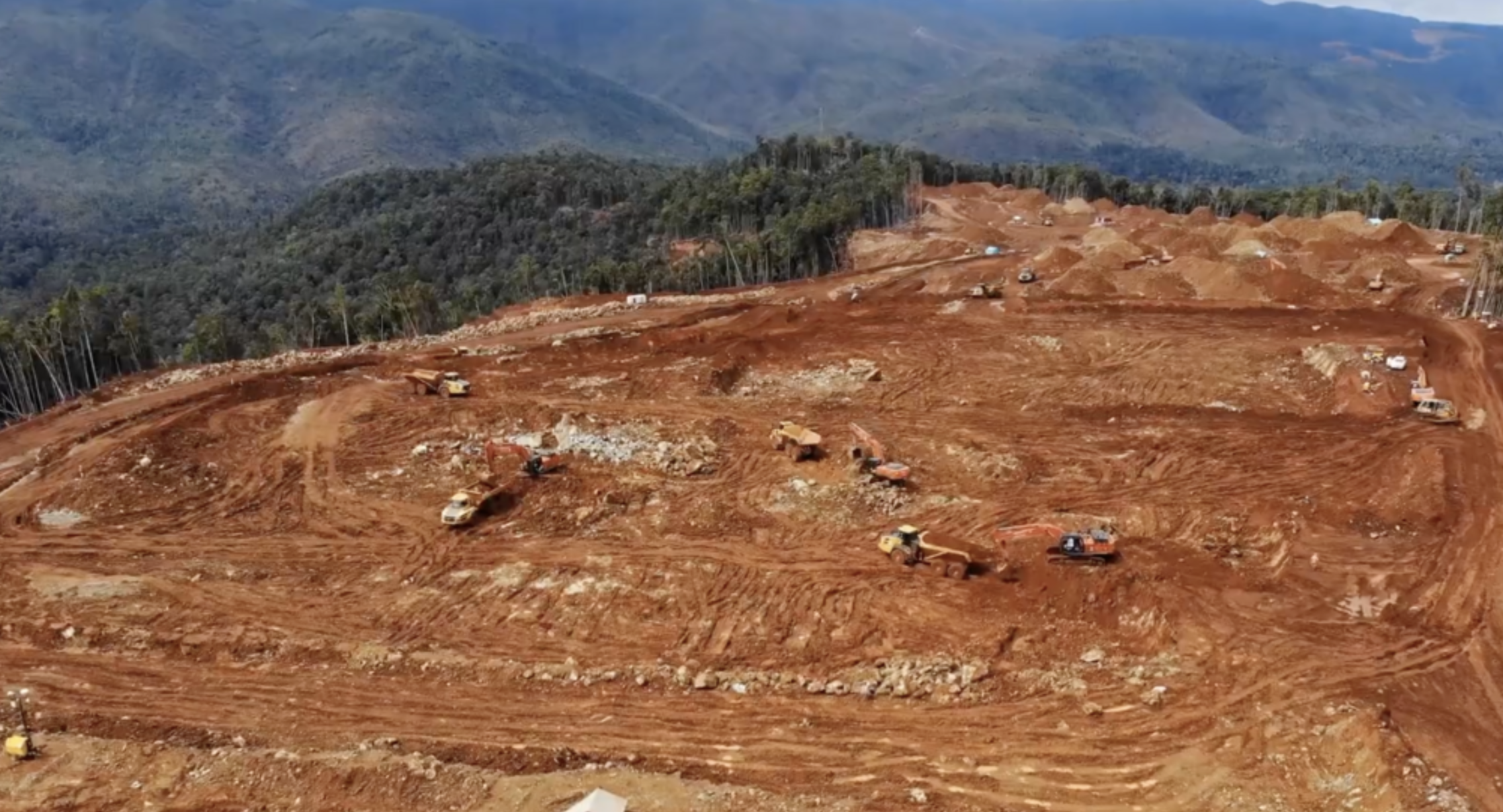
The answers don’t lie in biodegradable bullets — issue #49
Did you know that military-related emissions aren’t subject to international climate goals? I didn’t, until recently.
Countries have been rushing to meet their climate goals. Most of their efforts centre on energy transition, economic re-prioritisation, and sustainable development. But the quest for reduced emissions and clean energy has revealed countless instances of human rights abuses, often driven by blind pursuit of profits. We see examples of this in our stories about Myanmar’s rare earth mining and the voluntary carbon credits market.
So why are militaries not bound by international climate agreements? The issue is a holdover from the past. Military emissions were off the table in the 1997 Kyoto Protocol, and again in the 2015 Paris Agreement. Yes, countries may naturally be prickly when it comes to matters of national security, but as military emissions account for at least 5.5% of total carbon emissions, it doesn’t seem right that they be exempt. Calls from activists finally gained some results last year, when conflict-related emissions (specifically of the Ukrainian war) were discussed at COP27 in Egypt.
Military violence is intertwined with environmental degradation. Everywhere from Gaza, to Congo and Myanmar, the loss of human lives is often accompanied by wanton environmental devastation. Israel’s recent bombing of Gaza created an explosive power far exceeding the nuclear toll of Hiroshima and Nagasaki. Millions have died in Congo as groups fight to control its precious cobalt mines, razing trees and polluting waters as they try to meet global demand. On top of that, the climate crisis will worsen the growing refugee crisis.
In Palestine, people are speaking up about the importance of achieving both humanitarian and climate justice. They highlight the hypocrisy as countries like the US pontificate on the fight against climate change, while actively funding genocides and ecocides. (The US military is a top emitter of greenhouse gases and top consumer of oil.) As wars continue to ravage the planet, it’s become apparent that we must close the military emissions gap.
But does that mean we need to “green the military”, as suggested by US policymakers? I’m not sure the solution is in biodegradable bullets or solar-panelled military bases. Monitoring a country’s military carbon footprint is a good first step, but it doesn’t solve the issue at heart.
Surely we should be looking to end large-scale military violence. Calling for a ceasefire isn’t some idealistic refrain, but is a serious humanitarian concern for us all. The question is, who will keep nations accountable?

BTS

Carbon credits are big in climate news, but not many people know what they are and how they work in the larger system of climate accountability. In our latest collaborative story with the Earth Journalism Network, we break down the voluntary carbon market system and how Singapore has been inching towards becoming a global carbon trading hub. Our writer Gwyneth shares how the team made this complex topic digestible for our readers.
more from us...
Going green is easier said than done, especially in Singapore, where sustainability comes with a hefty price tag.
Demand for sustainable clothing is rising in Asia, but retailers are falling short. What other green options are there?
✨ Kawan Special ✨

You might’ve heard of the term “girlmoss”—a play on “girlboss”—that describes women prioritising slowness, leisure, and a connection to nature. In this article, Samira writes about how girlmossing is not just a “vibe”, but a resistance to the disconnection and individualism wrought by modernity. There’s also a step-by-step guide on how to start girlmossing on your own.
From the archives

Data visualisation is now a popular way to relay information, but did you know that its origins can be traced back to ancient reading materials and early print media? Our designer Munirah shares the fundamental principles of design and walks us through how she applies the concept of visual hierarchy to the world of data.
Stuff we love
↗ The clean energy transition is needed to fight climate change, but the minerals that power it lie deep down on the ocean floor.
↗ Fashion brands are labelling their products as sustainable, but how much of it is greenwash?
Did you know?
Theft of indigenous Hongana Manyawa land by clean energy companies

On the island of Halmahera in Indonesia, one of the country’s last nomadic hunter gatherer tribes faces an existential threat from the mining of nickel for electric car batteries. The indigenous Hongana Manyawa tribe, whose ancestral territory sits on vast deposits of nickel and other minerals, are being displaced as bulldozers encroach on their land and pollute their environment. In its bid to become a major producer of nickel for clean energy technologies, the Indonesian government has granted mining concessions to large companies such as Tesla.
To make things worse, on top of the land and human rights violations related to mining, it has been reported that the nickel is processed by coal-fired power stations, casting serious doubt on the clean nature of this energy transition process.




